Palmetto Bluff Real Estate Company Sales Office
Office Hours
Monday-Friday 9am - 5pm
Saturday 9am - 4pm
Sunday 12 - 4pm
Saturday 9am - 4pm
Sunday 12 - 4pm
I met Rob Collins on Whitehouse Plantation Road on a sunny afternoon in late October. We park our cars in the dense shade of loblolly pine, and the dirt road is quiet but for the low throb of cicadas. Collins is an approachable six-foot-four and has a friendly, easy way about him. He is one half of King Collins, a golf course design and construction firm out of Chattanooga, Tennessee. Will Howard, Palmetto Bluff’s senior director of development, pulls up a few moments later. The three of us start off on a sandy path that leads to a large open field, the site of Palmetto Bluff’s future nine-hole course.
…..
Collins met Tad King in 2006 working on a golf course in Florida. They quickly discovered a mutual philosophy for architecture and started dreaming up a new model for course design. Collins went on to work with Gary Player in Canada while King worked in the Middle East, and it wasn’t until 2010 that the two formally partnered. Their proving ground was Sweetens Cove in Tennessee. They took the flat and featureless course and shaped it into an imaginative nine-hole wonder. Since opening in 2014, Sweetens Cove has achieved cult status and celebrity recognition. King Collins has been catapulted into the upper echelon of course design, bidding against signature firms for high-profile projects. They have a course near completion in Lubbock, Texas, and just completed Landmand Golf Club in Nebraska. In addition to Palmetto Bluff, they are working on another private course in South Carolina and a project north of Nashville, Tennessee. Needless to say, King Collins is in high demand.
“The design-build model is pretty rare,” says Howard as we walk the grassy perimeter of the field. “It cuts out the middleman and becomes a seamless operation.” Indeed, the design-build model was virtually unheard of when King and Collins got together. Traditionally, a designer bids out construction and there’s a complicated triumvirate: client, designer, and construction firm. If anybody wants to change anything, then the contractor requires a change order, the client writes more checks, and the designer is in the middle trying to keep everyone happy. King and Collins wanted to do away with all of that. “It was a very dysfunctional way to try to deliver a golf course,” King explains over the phone. “We said, You know what? We don’t need that. Let’s just design and build it on our own and we can eliminate all these headaches.” And so King Collins was born, pioneering the full-service design-build model.
“Rob and Tad have such a refreshing take on golf,” says Chris Randolph of South Street Partners. “We’ve really come to understand their creativity.” King likes to fly by the seat of his pants, extemporizing as they work. Collins is the scholar, a student of history and design. But there is a lot of overlap, and the two share a kind of ground-up approach. Working with their own tight-knit construction crew, King and Collins design in the field, adjusting and reacting to a site in real time. “We like to work with guys who have a lot of imagination and can work off the back of a napkin,” says King. This organic and collaborative process reflects a real creative confidence. King and Collins aren’t relying on staid process or style; they are improvising and collaborating within a team.
…..
Collins squats down at the edge of the field, laying out the course for me in the sandy soil. He explains the mechanics of the reversible course, nine holes that will play front to back and back to front. Although that is not entirely true. Both King and Collins share a particular fondness for routing. So it’s not that each hole will play strictly reversible, but it will be a bit more loose and scrambled with creative twists and turns in the routing. “The goal is to cram as much interest and variety into this fifty-acre landscape as possible,” Collins says. “With a reversible course, members have a golf course that, though it is small, won’t play the same way from one day to the next.”
The reversible course is a feat of architecture. To design a course that plays well from both directions with equal amounts of variety and risk is no small task. And that’s probably why there aren’t more. St. Andrews in Scotland is reversible, though few have ever played the “left-hand” circuit. The concept is actually an old one, when golf was perhaps a bit less precious, a bit more playful. “It needs to be fun,” says King. “If you’re going to do a reversible course, one direction should have a completely different feel than the other direction.” The conditions, the entire character of the course changes in reverse. Ideally, a course played in reverse is an entirely different game. “I think the best golf courses teach you a new lesson each time,” Collins says. “It should never feel stale or stagnant.”
At approximately 3,100 yards, the course will boast two par fives, two par threes, and five par fours of varying distance. “There will be some legit par fives. The longest hole might play at 550,” says Collins. “It’s real golf.” I joke that the course sounds a lot more planned out than he initially let on, and Collins laughs. “We know where the holes are generally going to be,” he says. “But we have to see how this thing is going to come out of the ground.” The site is almost all sand, which, Collins explains, is ideal for shaping, drainage, and the kind of turf conditions they hope to achieve. Looking around at the rectangular field we’ve just walked, I’m struck by how utterly flat the land is—a true Lowcountry canvas.
King and Collins start with a basic sketch of the layout. Once the trees are cleared, they start making large rough cuts, shaping the land into dunes and valleys, and playing with elevation. At its lowest point, the site is about ten feet above sea level, at its highest, nearly thirty. The fun part will be contouring the highs and lows of the course, quite literally playing with dirt. The team works from macro to micro, refining as they work. “We get general landforms in place so we can begin to react—to shift this green here, shift that tee there,” Collins explains. “We get the nuts and bolts in place, and then eventually we’re adjusting the greens a fraction of an inch.” This process of refining requires the team to learn the land, to know it, quite literally, backwards and forwards. “There is going to be a lot of walking for me and Tad,” laughs Collins. “Normally you walk the course one direction, and you don’t need to worry about the reverse. But we need to make each hole just as compelling coming back from the opposite direction.”
“We are really aligned in our thinking about golf,” says Randolph. “We want to make it more accessible, more fun and a little less stuffy.” And that really is the King Collins signature. They want the game to be challenging but not punishing, risky but gettable. Their style is, at its core, playful. And, whereas an eighteen-hole course usually has around 100,000 square feet of greens, this short course will boast nearly 130,000. Larger greens allow more variability for pin placement. Depending on pin placement and the direction, the course can play in endless iterations.
For Howard, the new course is another opportunity to innovate, to create connectivity for residents. As part of the new master plan, Howard and his team are executing an impressive expansion of the inland waterway, part of which will extend to run adjacent to the new course. Members will be able to dock their boats and walk up to the clubhouse. Working with Hart Howerton, King Collins will naturalize the bank of the waterway, undulating height and adding in grassy islands and native plants so the bank looks organic and wild.
Keeping with this holistic approach, King and Collins also place a lot of importance on how the course will connect with the community at large. “How the golf course blends into the other parts of the community is super important,” says Collins. Though it is still in the early stages of planning, the area around the course will be an activity hub with a sports center, racquet courts, a soccer field, and a swimming pool. In addition to the boat dock, there will be a pedestrian path that winds through the course.
The course is expected to open in fall of 2023. King and Collins certainly have their work cut out for them. I say as much as we walk back to the road and Collins laughs. “If I couldn’t do this, I don’t know what I would do,” he says. “This is just really fun for me. It’s not even really work.”
So says the artist.
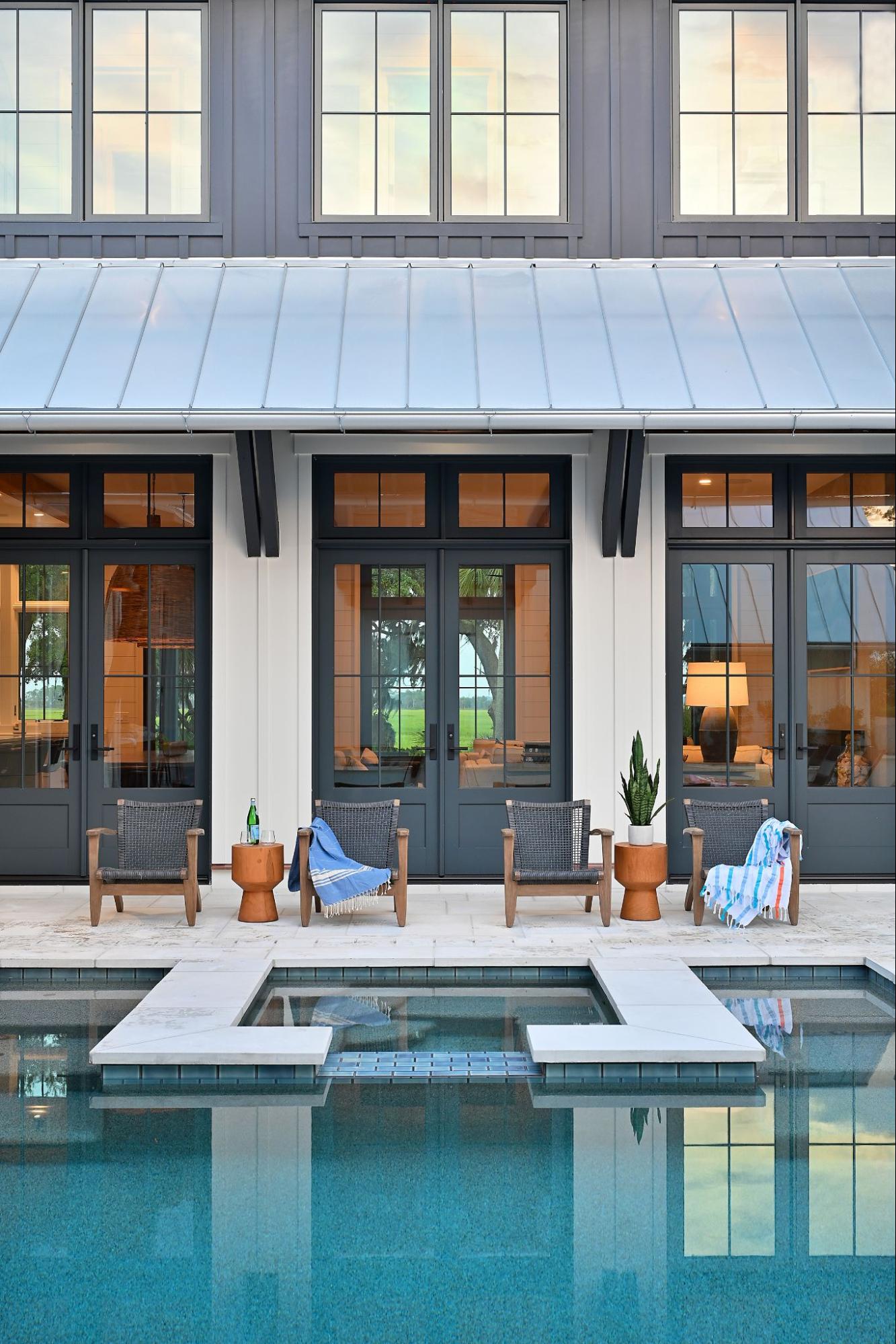
Palmetto Bluff’s Moreland Village feels a world away from the more traditional architecture of the iconi...

We are thrilled to introduce the inaugural winners of the Inspiring the Arts Scholarship—three extraordinary young women pursuing their artistic dreams through higher education! Katherine Donahue has been named our first official scholarship recipient, with Em...
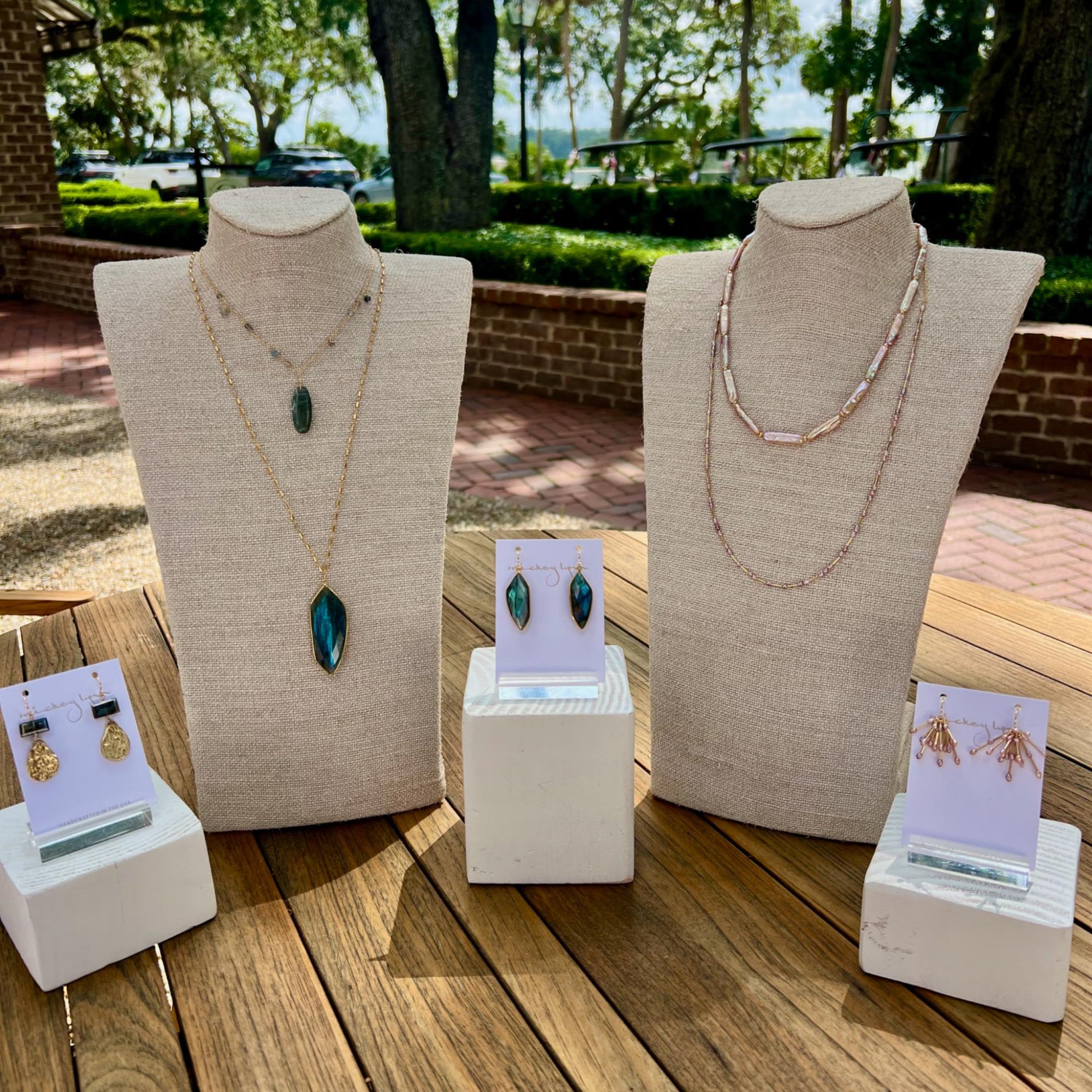
From handmade jewelry to performance wear, the latest arrivals at Palmetto Bluff’s retail spots capture the season in true Lowcountry style. This summer, the Bluff’s shops are full of fresh finds, carefully chosen by our trusted retailers—including FLOW Galler...
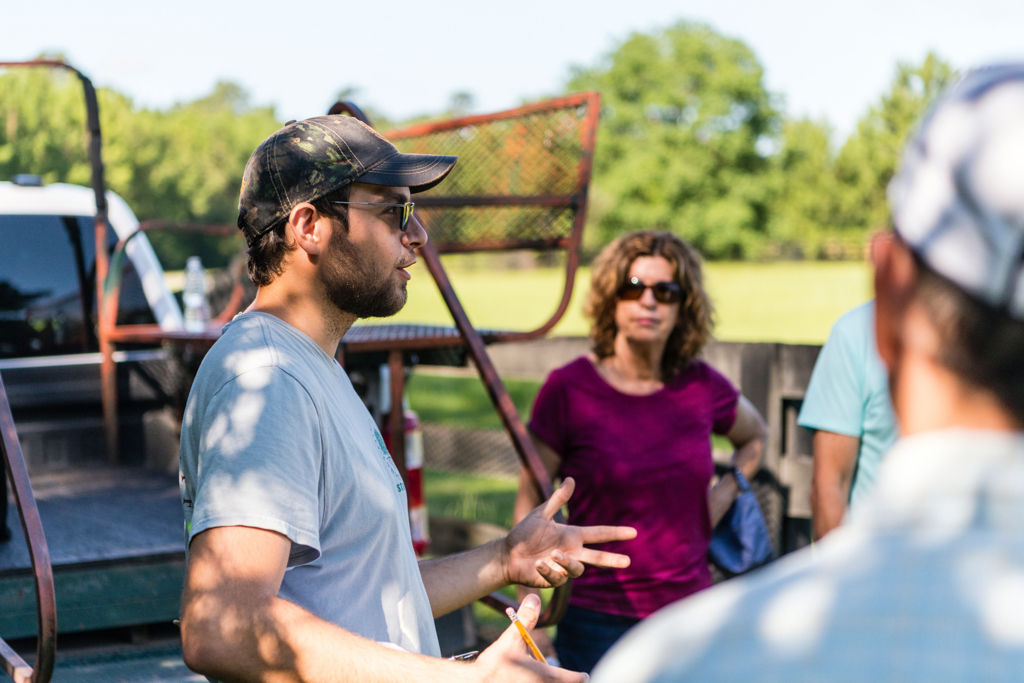
Citizen Science is Thriving at Palmetto BluffDid you know that residents of Palmetto Bluff are playing a vital role in national and global conservation efforts—all from their backyard?Through the Palmetto Bluff Conservancy’s growing Citizen Science programs, c...
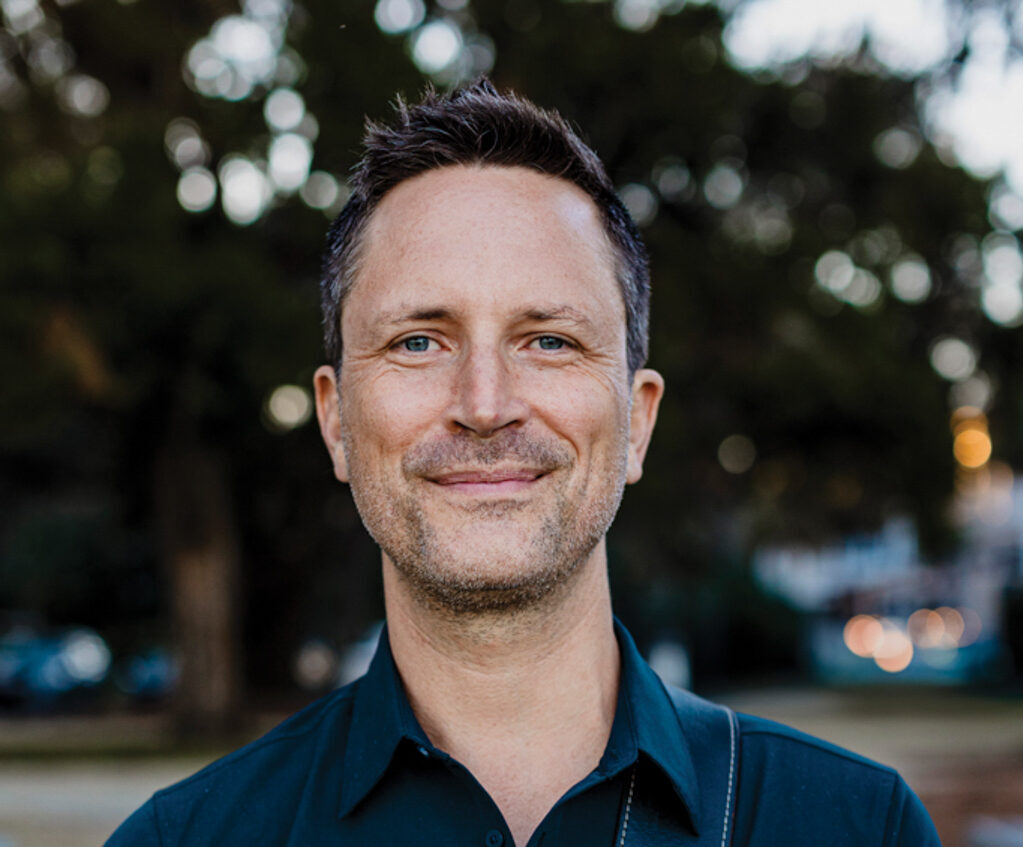
In October 2024, Grammy Award-winning musician Clay Ross visited Palmetto Bluff as part of The Arts Initiative's Artist in Residence Program. Through storytelling and song, he explores identity, heritage, and the universal language of sound. By Barry Kaufman ...
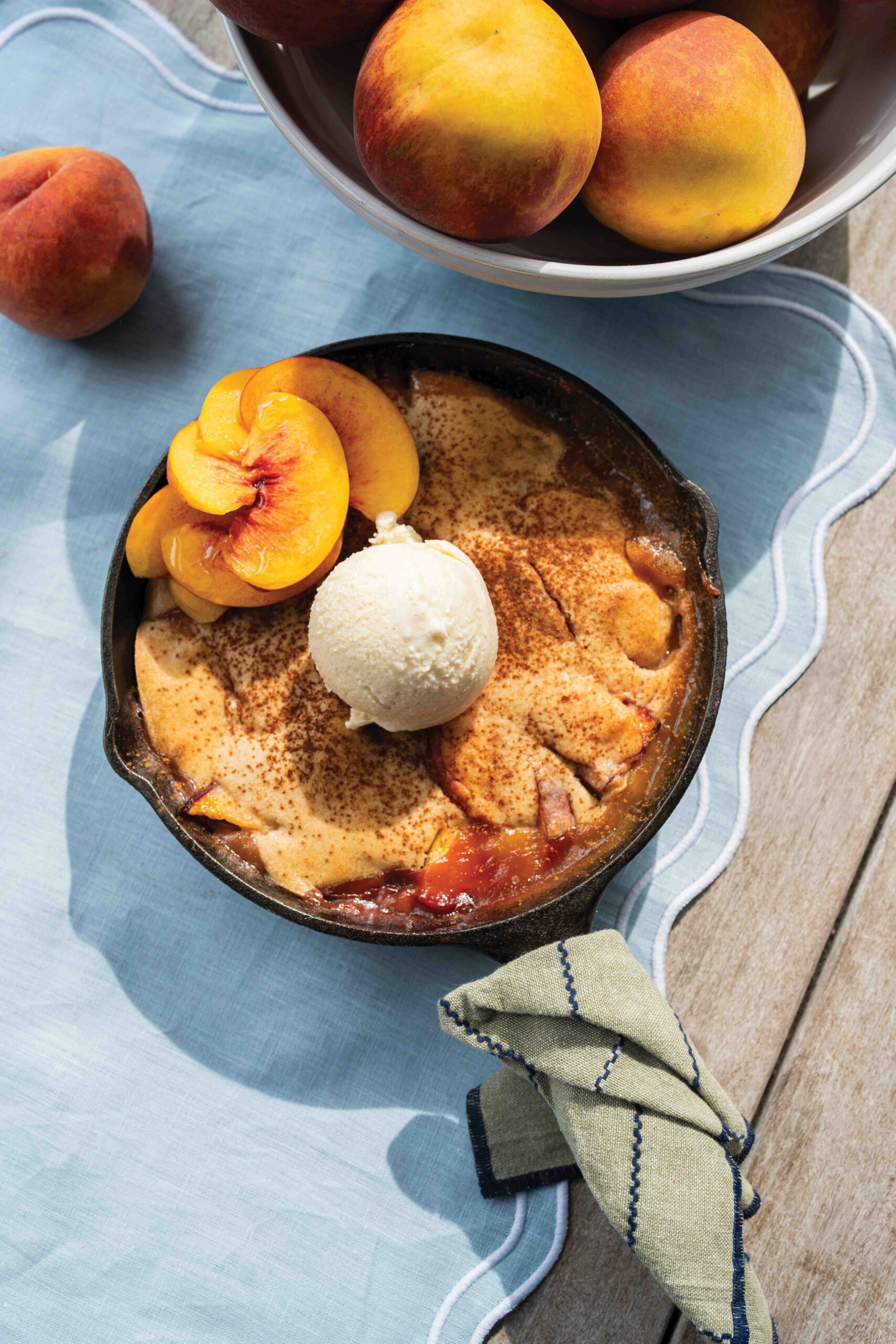
Palmetto Bluff Club Executive Chef Beth Cosgrove and Director of Culinary, Chef Rhy Waddington, Cook Up Four Peachy Recipes for a Summer in the South. Is there anything more iconic than a southern peach? A symbol of summer and Southern heritage, the peach car...
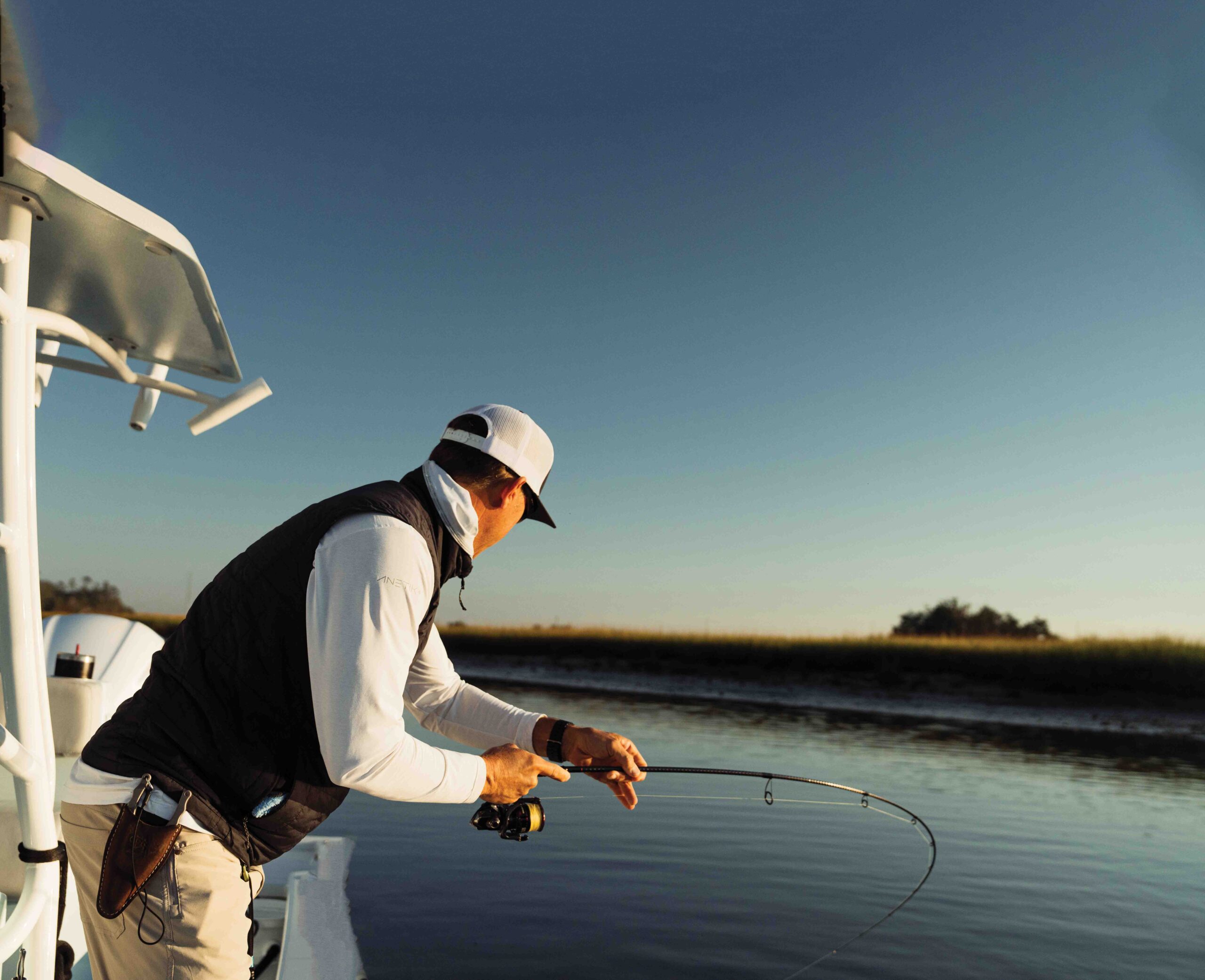
Following the tides and angling for redfish in Lowcountry creeks and estuaries with Captains Brian Vaughn and Will Stephens Story by Sandy Lang It is a sunny morning in October and the water is calm and glassy. The silence is punctuated by a gush of breath f...
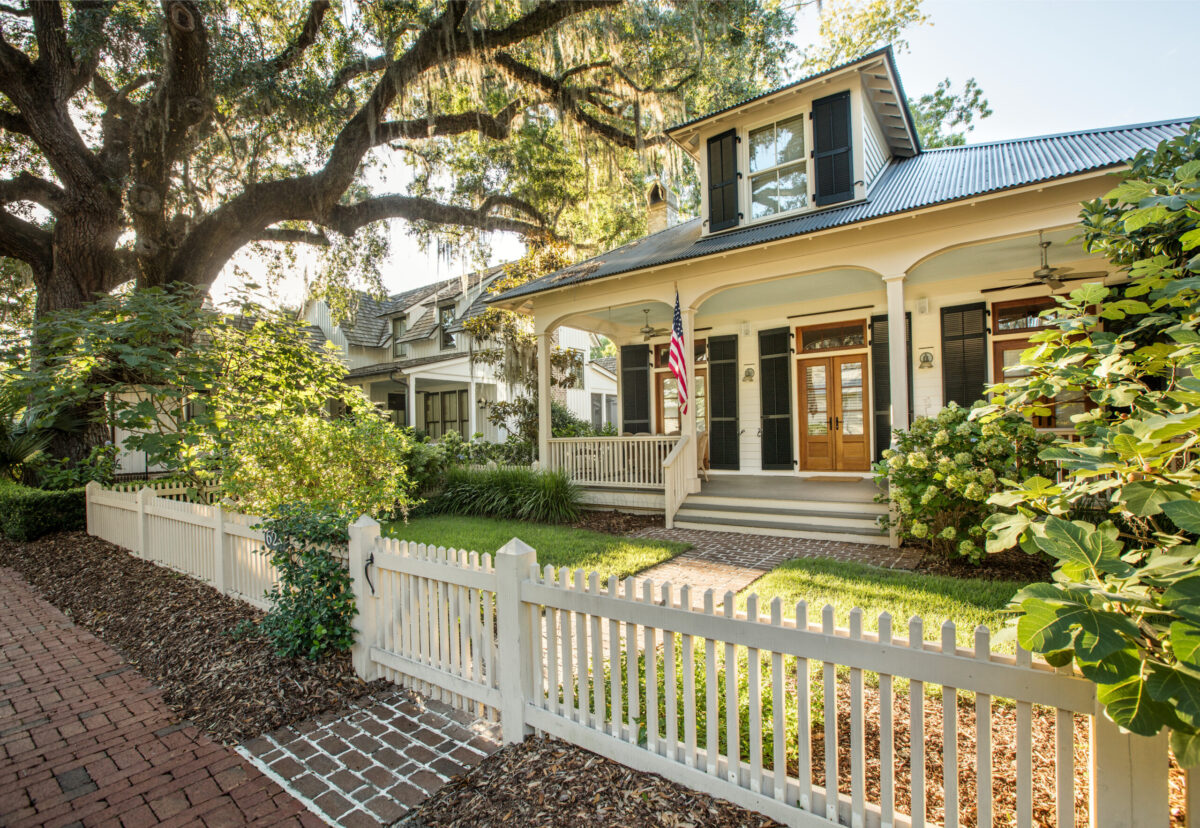
7 Ways To Upkeep Your Palmetto Bluff Home As spring arrives in the Lowcountry, the change in season brings more than blooming marshlands and sun-drenched afternoons; it’s also a perfect time to refresh and care for your Palmetto Bluff home. Coastal living mea...

When the land speaks, you listen. And at Palmetto Bluff, it spoke to two of golf’s most legendary course designers—Bill Coore and Ben Crenshaw. We invite you to watch our newest video, shot this past winter and featuring Bill and Ben, along with South Street P...

5 Renovations to Increase the Value of Your Lowcountry Home Whether Palmetto Bluff is your full-time residence or a cherished retreat, deciding to sell is never a quick or casual choice. However, when the time does come, you want your home to be as market-rea...
Learn about the Palmetto Bluff Conservancy and how we keep the vision of our land in place.
On land or water, there is an ever-evolving variety of activities.
We do not attempt to independently verify the currency, completeness, accuracy or authenticity of the data contained herein. All area measurements and calculations are approximate and should be independently verified. Data may be subject to transcription and transmission errors. Accordingly, the data is provided on an “as is” “as available” basis only and may not reflect all real estate activity in the market”. © [2023] REsides, Inc. All rights reserved. Certain information contained herein is derived from information, which is the licensed property of, and copyrighted by, REsides, Inc.